Google Nexus 5 vs Apple iPhone 5s
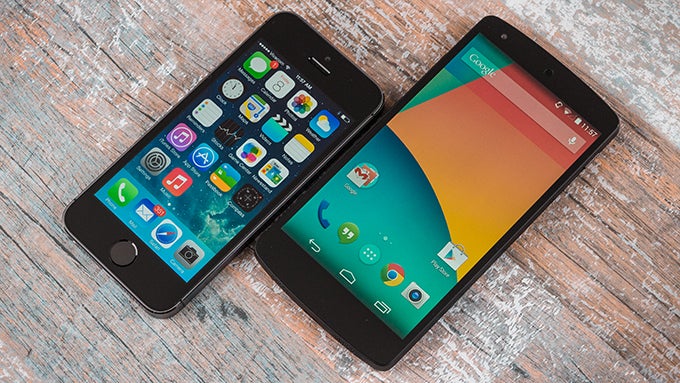
Introduction
Even though Samsung is usually seen as Apple's biggest rival on the mobile scene, it's probably Google we should really be looking at if we think about the 'iPhone versus Android' conflict in a deeper aspect. It's true that in terms of hardware, Google's own offerings have had a relatively light impact thus far, but it's getting increasingly clear that things are becoming more serious with each new Nexus device Google pushes out on the market. Last year's Nexus 4, in particular, caused quite a bit of buzz, mostly for being the absolute best value-for-money smartphone available. With this year's Nexus 5, though, Google is pushing things even further. The amazing starting price of $349 has been kept unchanged, but the hardware you're getting in exchange is absolutely top-notch, with no blatant compromises like the Nexus 4's lack of LTE, for example.
However, a great smartphone experience isn't exclusively defined by under-the-hood goodness and a cheap price-tag. The Nexus 5 is a very well-rounded, feature-packed product - that's something we can all agree on, but it definitely lacks a rather important quality – exquisiteness. Having said that, the Apple iPhone 5s is probably the biggest antipode to the Nexus 5 one can come across within the boundaries of the high-end phone market. It's expensive, it ignores some of the features a true geek would demand, and it puts more emphasis on external design than the whole Nexus line combined. (OK, that may have been a bit unfair towards HTC, but you get the point.)
So, how do we go about comparing these two gadgets? Obviously, it's going to take much more than a specs comparison to determine which one is better, especially having in mind that both are running on different platforms. Join us as we witness this epic clash between two of the finest smartphones money can buy!
Design
Stunning appearance has always been one of Apple's hallmark features when it comes to its products, and this observation is fully valid with the iPhone 5s. Indeed, Apple's finest is a piece of great computing power tucked inside an astonishing glass-and-metal body. It's an iconic design, one that can be easily recognized from miles away. It's thin, light and good-looking – premium in every sense of the word.
On the other hand, Google has gone for a decidedly humble design with its Nexus 5. The handset is build from plastic, with a soft-touch finish on the back panel. It's OK if you like this type of material, but we would have liked it much more if there was some effort gone into the appearance of the handset. Instead, it's looking rather ordinary, especially the all-black version, which is as generic as it gets. We do appreciate the fact that it's also quite thin and light for its size, but there is no question here – only one of these two handsets that can add something to the aesthetics of your surroundings, and that's not the Nexus 5.
In terms of comfort, it's evident that LG has tried to shrink those bezels down as much as possible, so that the Nexus 5 can have a decent footprint despite its massive, 5” display. They have definitely done a great job, but in the end, the Nexus 5 is still a rather big phone (5.43 x 2.72 x 0.34 inches) that's next to impossible to operate with one hand only. In contrast, the iPhone 5s is, naturally, much smaller, and easier to handle. It's not as cool when it comes multimedia consumption, due to its smaller display, but general usage of the smartphone does benefit vastly from the smaller form-factor (4.87 x 2.31 x 0.30 inches).
We wouldn't expect a low-quality build from a Google-influenced phone, and the Nexus 5 doesn't disappoint. Even though it isn't anything to write home about aesthetically, it's still well-made, with a sturdy-feeling body and good physical keys. Once again, it can't measure up to the excellence presented by the iPhone 5s in these areas, but it's a decent performer. It's charged using a standard microUSB port, while the iPhone 5s sports Apple's proprietary Lightning connector.
While we haven't moved too far from the topic of physical keys, we absolutely have to mention that the iPhone 5s features a fingerprint scanner, built right into its clicky home button. The so-called Touch ID sensor allows you to unlock your passcode-secured phone with just a touch of the home button, as well as to easily authorize iTunes and App Store purchases, removing the need to enter a lengthy password every once in a while. It's a much-appreciated feature, and one that is unapologetically missing from Google's Nexus 5.
Display
The 5-inch screen of the Nexus 5 is among the better ones around. It not only sports an impressive diagonal, but is also relatively accurate as far as color representation goes. Similarly to the iPhone 5s' 4” display, it uses a mature IPS LCD technology to bestow its eye-candy upon us.
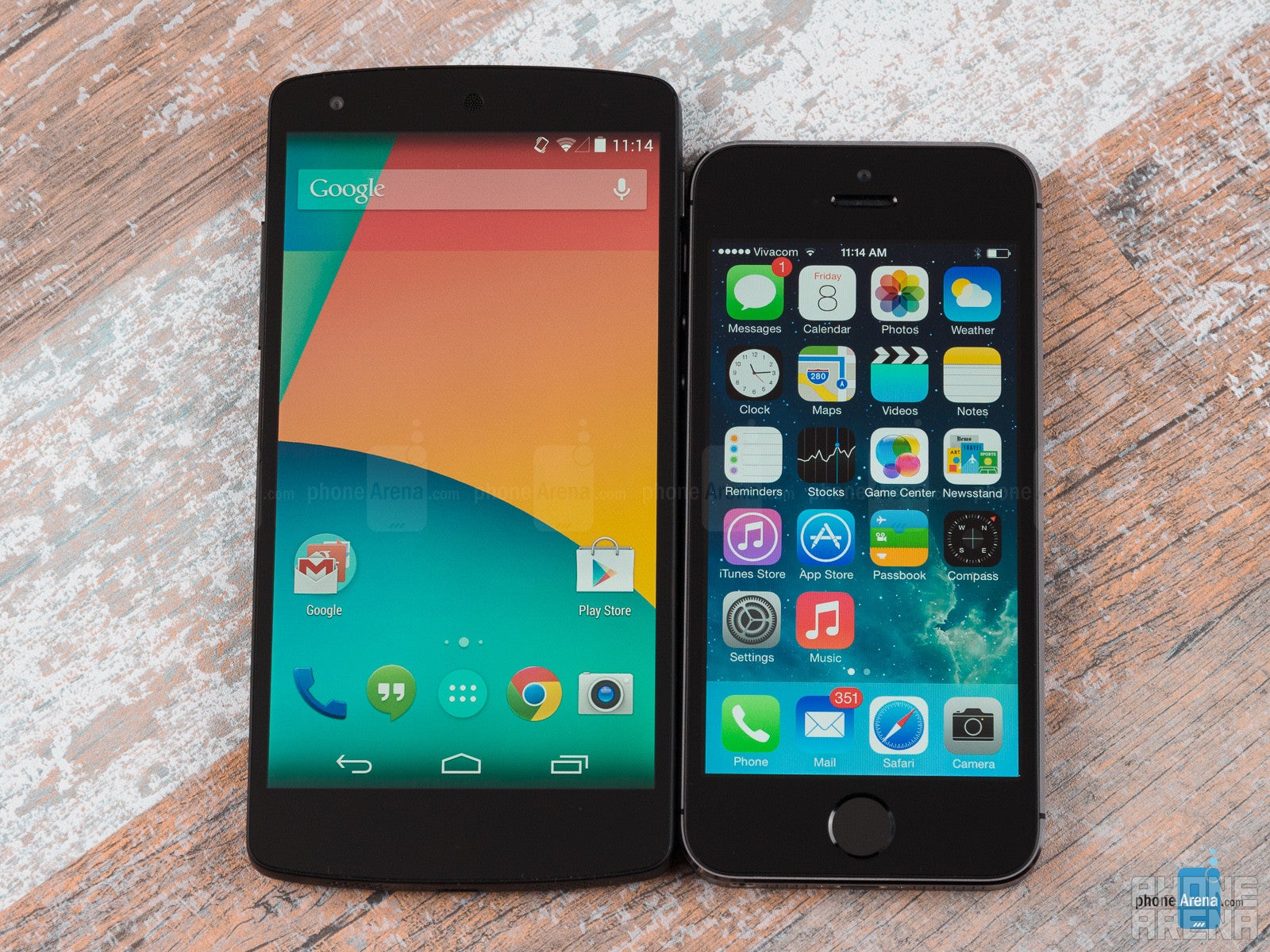
The iPhone 5s manages to be a bit easier to view outside than its opponent, which is enabled by its higher maximum brightness output of about 580 nits, compared to the Nexus 5's 480 nits. It's not a world of difference, but we do appreciate it when a handset makes it easier for us when we're trying to check on something while out and about.
Colors are nicely saturated and vibrant on the Nexus 5, however, one should not be fooled by its near-perfect color temperature of 6418 K (kelvin). What this means is that the primary blue and red colors are in almost perfect balance, but unfortunately, this metric doesn't take into account the third primary – green. The thing is that in this case, there's a bit of an excessive green-yellow color with the Nexus 5's display. It's not a really big problem, but should you compare it side-by-side with the display of the Apple iPhone 5s, it immediately becomes evident that there's something not quite right with LG's LCD panel, where everything seems a tad yellowish.
That's also reflected by the grayscale Delta E (indicates color inaccuracy) measurement of 4.54 for the Nexus 5, and 2.66 (lower is better) for the iPhone 5s. It has to be pointed out that a Delta E of 4.54 isn't too high/problematic, but it does get close to the 'caution' mark. Delta E, measured with a grayscale, concerns the balance between the three primary colors, or in other words, white balance.
If we take a look at both its primary and secondary colors (red, green, blue, cyan, magenta, yellow), though, the Nexus 5 is doing a rather good job with regards to accuracy, indicated by its Delta E rgbcmy value of 3.29. The performance of the iPhone 5s is just as excellent in this respect with a value of 3.36 (Delta E differences lower than 1 are considered imperceptible to the human eye).
Overall gamma is better with the iPhone 5s. It stands at 2.21, which is perfect, while the Nexus 5 shifts things to the brighter side with its gamma of 2.05, resulting in slightly more visible detail in darker areas of images, at the expense of detail in brighter areas.
Viewing angles seem to be just slightly better with the iPhone 5s, as it manages to retain a good brightness at a slightly wider angle, but all in all, the difference is negligible.
Interface and Functionality
Featuring the newest version of the Android OS, 4.4 KitKat, the Nexus 5 offers a stock user experience, free from any manufacturer bloatware. There's no TouchWiz, no Sense, no nothing. It's just the new Google Experience launcher, which brings a fresher look to the Android UI. Default colors are slightly brighter, icons are bigger, fonts are different... On the whole, nothing has been radically altered from the Jelly Bean reality that we know and enjoy, but things just seem to look better and more mature, thanks to Google's touches here and there.
With Android 4.4 KitKat, Google is putting even more emphasis on its Google Now service, which has now expanded to the homescreen itself, by conquering its leftmost page. Thankfully, it can be removed from there, while the good old way of calling the voice assistant — by an upwards swipe — is still available. Finally, you can also invoke Google Now at any time from the homescreen by saying the magical words “OK, Google.”
Android 4.4 has also brought a new dialer app, which now allows you to search for contact information of local businesses, in addition to the contacts in your own phonebook, which we find quite convenient. Other tweaks of various sizes can be found all over the place. There's a new setting to let you manage your launchers more easily, the QuickOffice productivity suite is installed by default, and we'd be remiss if we don't mention the updated Hangouts app, which is the new one-stop shop for all of your messaging needs. The downside here is that it doesn't merge messaging threads with the same people that are carried through different services. For example, if you've messaged your wife using both SMS and Hangouts, those will be kept as to separate conversation threads.
Moving on to the iPhone 5s' iOS 7.0.3, we're immediately greeted by the almost suspiciously bright and cheerful colors of the user interface. Beneath the new, flat icons and fancy blur effects, though, one can find the same platform that has always defined the super-intuitive experience with an iPhone. Yes, there are still no homescreen widgets, and yes, it's still impossible to access the file system and upload or download files freely, but it's really easy to use, and can actually do most of the things one can think of. In that line of thought, iOS users aren't really sacrificing functionality for simplicity.
These observation are especially true with iOS 7, which has added much-needed features such as a more functional notification center, as well as the control center menu that let's you access frequently used settings in a quick and hassle-free manner. What's more, there are now true multitasking capabilities baked into the platform, as well as a smarter Siri personal assistant.
We also have to mention the still-unsurpassed response times with the iPhone 5s and iOS. Not that Android is laggy or anything on the Nexus 5, but so far, we haven't seen a phone that is so instantaneous with its response to our touches.
Processor and Memory
Equipped with the cutting-edge Snapdragon 800 chipset, the Nexus 5 doesn't have anything to fear in the performance department. This beast of an SoC boasts a quad-core Krait 400 CPU, clocked at 2.3 GHz, as well as the powerful Adreno 330 GPU. On the other hand, the iPhone 5s doesn't seem to be in the mood for losing this one, as it's powered by the state-of-the-art A7 chipset. Being the first to adopt a 64-bit architecture, there's a dual-core Cyclone CPU inside that's ticking at a clock-rate of 1.3 GHz. While this piece of silicon may seem considerably slower in comparison to the Snapdragon 800's Krait CPU on paper, it's worth noting that when we're doing a cross-platform performance comparison (such as this one), the internals aren't the only factor that has to be taken into account, as software optimizations are equally important. That said, the iPhone 5s is a true speed demon, and when you take into account its PowerVR G6430 graphics chip, the result is a phone that never lags or stutters.
There are the healthy 2 gigs of RAM in the Google Nexus 5. That's still a very good amount for an Android phone, so users aren't expected to experience any significant slow-downs related to system memory. Meanwhile, there's 1 GB RAM in the Apple iPhone 5s, which seems to be just enough to guarantee a smooth experience.
Internal storage configurations for the iPhone 5s are 16 GB, 32 GB or 64 GB, whereas the Nexus 5 comes with 16 GB or 32 GB memory. Sadly, microSD memory expansion isn't supported by these smartphones, so you have to make your choice carefully when deciding which variant to pick up.
Messaging and Organizer
The iPhone 5s features a great on-screen QWERTY keyboard that makes typing surprisingly easy on a 4” screen, and that's valid for both the portrait and landscape views. That said, it's true that the keyboard isn't customizable and lacks some additional goodies such as support for swipe-based typing.
Meanwhile on the Nexus 5, you can pretty much do whatever you want with the on-screen keyboard, including the ability to install numerous third-party ones – and those come in all shapes and sizes. The design of the stock keyboard is quite good, and thanks to the generous screen space, the keys are big enough to be comfortably pressed. Without a doubt, the Nexus 5 has the more versatile keyboard
As we already mentioned, Google has done something smart with the Hangouts app by integrating it with the SMS and MMS features of the phone, although the execution hasn't really been flawless, due to the app keeping your IM and SMS threads separate when chatting with the same contact. This is the place to point out that Apple already had this type of integrated messaging built-in since iOS 5 with its iMessage. Moreover, this issue that's now present with Google's Hangouts has never been present on Apple's platform.
We have no complaints about the stock calendar applications of both handsets – they are both quite robust and polished. If you happen to be a Google Calendar user, that wouldn't be a problem on the iPhone 5s, as it can easily sync with your Google account, which can include the following components: Mail, Contacts, Calendars and Notes.
The stock apps in iOS 7 are mostly simplistic, yet effective in helping you keep an organized lifestyle. In that respect, Android 4.4 proves to provide users with more flexibility — especially through the use of homescreen widgets — but it also complicates things a bit. In short, it's a matter of simplicity versus versatility, as far as the stock experience with these platforms is concerned. Of course, you can always get more advanced third-party organizer apps for stuff like note-taking, weather, or task management on iOS, but it's somewhat questionable if you can find iOS-simple apps on Android.
Internet and Connectivity
Both the Nexus 5 and iPhone 5s are lovely devices to browse the web on. Once again, the iPhone's Safari browser is the more streamlined of the two, and it offers the faster/smoother experience. Its new tabs view is very similar to that of Chrome, while the Reading List feature can prove to be quite useful if you happen to own multiple Apple devices. The Nexus 5's Chrome browser is also very capable and fast, and if you happen to be a Chrome user on other devices, the syncing functionality may be of great benefit. Of course, you can also get Chrome on the iPhone 5s in order to gain access to a more Google-style web browsing.
Being 4G LTE-enabled, browsing and any other type of activities involving data transfers can be blazing-fast with both phones, as long as your carrier has an LTE network in your area. In case it doesn't, well, there's always HSPA+ compatibility to enable 42.2 Mbit's download, and 5.76 Mbit/s upload speed.
The latest Wi-Fi protocols and Bluetooth 4.0 are supported by both handsets, but the Nexus 5 steps things up with NFC.
Neither handset comes with offline mapping or navigation capabilities. However, they both feature free turn-by-turn navigation, as long as you have a connection to the internet. There's still quite a lot of room for improvement for Apple's stock Maps app, but thankfully, you can install Google Maps on the iPhone 5s and have the same excellent mapping experience as on the Nexus 5.
Camera
Equipped with a vastly upgraded 8 MP camera, the Nexus 5 is much more ambitious than its predecessor in this department. Indeed, initial camera samples have confirmed that Google's latest and greatest is capable of shooting some pretty competitive photos, but let's see how it's going to fare in a direct competition against the iPhone 5s' proven 8MP shooter!
Specs-wise, the Nexus 5's camera doesn't really cause too much excitement with its ho-hum sensor size of 1/3.4” and aperture of f/2.4, whereas the iPhone 5s seems a bit better with its 1/3” sensor and f/2.2 aperture. Additionally, there's an additional amber-colored LED complementing the standard LED flash of the iPhone 5s, designed to help the camera retain more natural color tones when shooting in very dark environments. Keeping the feature competition going, the Nexus 5 counters that last attack by utilizing optical image stabilization technology (OIS).
In terms of speed, the iPhone 5s tends to have the faster camera. According to the tests we've made, it can successfully capture a regular picture and be ready for the next one in about 3 seconds from the launch of the camera app, while and HDR photo will take about 3.5 seconds from the start. In comparison, the Nexus 5 can start the camera, focus and save a regular picture in 4.1 seconds, and if the photo is an HDR one, the time needed for this whole cycle will be 5 seconds.
The photos themselves look very similar most of the time. Both handsets capture a good amount of detail and reproduce colors in almost exactly the same way, meaning that they gravitate slightly towards the warmer side, though images seem realistic enough. You really can't find too many differences between the 8MP cameras of the iPhone 5s and the Nexus 5 – they are both very good, although not necessarily as capable as some other top contenders, such as the LG G2, or Sony Xperia Z1.
There's a bit of a tendency for the Nexus 5's camera to slightly overexpose certain shots, while the same images look better when captured by the iPhone 5s, although that's not a huge deal. Meanwhile, looking at some close-up photos, it becomes evident that most of the time the iPhone 5s manages to come up with a more focused shot, thus elevating itself slightly above its opponent.
We tend to prefer the indoor images taken with the Nexus 5 as they usually come out with more natural colors and lower noise levels, while at the same time keeping a comparable level of detail. The iPhone 5s' True Tone flash does a pretty cool job when taking close-up photos in really dark environments, but in most cases the indoor photos of the Nexus 5 look a bit better.
That's not the case with the front-facing cameras, though. The 1.2 MP one of the iPhone 5s seems to take better pictures in pretty much all scenarios we've tested, suggesting that if selfies are your forte, you should stay away from the 1.3 MP FF shooter of the Nexus 5, due to its lacking colors and worse exposure.
When it comes to video recording, of course, both can go up to 1920 x 1080 at about 30 fps (frames per second), though the footage recorded with the iPhone 5s tends to have a bit more fluidity to it. Details also seem to be slightly better in the video captured by the 5s, though the difference isn't that big. Judging by the sound in the test samples we've recorded, the Nexus 5's audio capturing is to be preferred due to its higher volume and equal clarity.
Multimedia
Of course, watching video will be more comfortable with the bigger, 5” display of the Google Nexus 5. True, its colors aren't as good as those of the iPhone 5s, but the larger size is definitely beneficial when it comes to video and gaming.
With the Nexus 5, the experience is more open, as you can simply upload videos and movies in a variety of different formats, and then simply enjoy them on the 5” canvas. In contrast, with the iPhone 5s, everything has to go through Apple's iTunes store, which has almost all the content one can ever need, but still, it's a bit more limiting type of experience for advanced users.
It's very unfortunate that the Nexus 5 doesn't come with a pair of earphones in the box. Because of this, you'll have to either use an old pair, if you have one, or purchase earphones separately, in case you want to listen to music or enjoy high-quality sound in apps or games. Thankfully, the iPhone 5s comes with the high-quality EarPods, which are simply spectacular due to their convenient form-factor and deep sounding.
Comparing loudspeaker performance, the one of the iPhone 5s presents us with a louder, clearer and deeper tones, as the Nexus 5's one leaves a lot to be desired – it's not only weaker and thinner, but also tends to sound a bit distorted at its higher volume settings.
Both the Nexus 5 and iPhone 5s offer music streaming services as part of their software platforms. First, there's Google Play Music All Access on the Nexus 5, which enables you to stream any song at any time (think Spotify), along with some additional goodies like curated Pandora-like radio stations. All of this can be yours at a monthly fee of $10 – same as Spotify's ad-free version, and this is where both differ – All Access lacks a free, ad-supported version at the moment. Meanwhile, iTunes Radio on the iPhone 5s is simply a Pandora alternative that's free with ads, or $25 a year (as part of iTunes Match) with no ads.
Call quality
The peculiar look of the Nexus 5's earpiece grill doesn't seem to be helping it much in delivering a good sound quality during calls. It's by no means bad, but it's just an average-sounding earpiece with average volume. The iPhone 5s presents us with a slightly better calling experience, as voices tend to sound louder and deeper through its earpiece. When it comes to their microphones, both the iPhone 5s and Nexus 5 seem to be well-equipped, as everything sounds pretty well on the other end of the line most of the time.
As we mentioned in the previous part, the loudspeaker of the iPhone 5s is definitely the preferred one, especially when its louder output can make a difference when having a conversation in a noisy place.
Battery
Neither phone will hold a record when battery life is concerned, but the iPhone 5s' humble 1570 mAh juice-pack seems to be just enough to qualify Apple's finest ahead of the Nexus 5 and its 2300 mAh unit in the battery life race. Having run our custom battery test, which is specifically designed to replicate a typical usage scenario, we've discovered that the iPhone 5s can last slightly longer than its Android-powered counterpart (5h 2 min for the iPhone 5s versus 4h 50 min for the Nexus 5). Love it or hate it, neither battery can be removed from its position, meaning that you won't be able to swap those should run out of juice while out and about.
Conclusion

Looking past the different screen sizes, operating systems and their user environments, the iPhone 5s proves to be the better device in most areas, although not by a large margin. Its screen, performance, camera, call quality and battery life are all a bit better than those of the Nexus 5. Of course, Apple's handset also has the way better exterior, which makes it look like a jewel – a stark contrast to the bland design of Google's finest.
Having said all that, we should now take a look at the all-important price-tags of both smartphones. The Google Nexus 5 can purchased from Google's Play Store (as long as the Play Store for hardware is available in your country) at the extremely alluring price of $349 for the 16 GB version, and $399 for the 32 GB version. For those who don't know – this is off-contract pricing – no service agreement required. While this is a spectacular offer, you may want to take into account the relatively limited supply of this phone, which, at the time of this writing, has translated to shipping delays of about 3-4 weeks. However, Google has just released the Nexus 5, so demand is quite high now. Shipping times will probably get back to normal in a month or so. In the US, Sprint and T-Mobile have currently announced plans to release the Nexus 5, with the Sprint version launching on November 8. However, get ready to shell out $149.99 (for the 16 GB version) after a $50 mail-in rebate and put your signature on a two-year contract. T-Mobile is yet to announce its Nexus 5 price.
On the other hand, an off-contract iPhone 5s can be purchased for $649 (16 GB), $749 (32 GB) or $849 (64 GB), which is, obviously, much more expensive. In the US, AT&T, Verizon and Sprint are all selling the 5s at $199 (16 GB), $299 (32 GB) and $399 (64) with two-year contracts. T-Mobile's pricing starts with an upfront payment of $149, followed by additional 24 monthly payments of about $20 plus the monthly price of your plan.
There's no doubt that the Nexus 5 is the much better deal, considering the performance-price ratio. If you're on a tight budget, but would love to have a powerful smartphone, then your best option will be to order the Nexus 5 from the Google Play Store, in case it's available in your country. If not, the Nexus 5 will still be a bit cheaper than the iPhone 5s, but the difference will no longer be that huge. However, if you value the feeling of having and working with a really sophisticated and gorgeous product, then it's worth considering getting the iPhone 5s, as it's one of the very few smartphones out there that can offer you what the Nexus 5 can't.

Software versions of the reviewed units:
Google Nexus 5: Android 4.4; Build KRT16M
Apple iPhone 5s: iOS 7.0.3
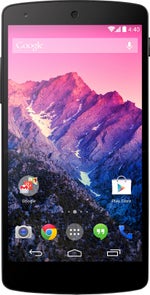
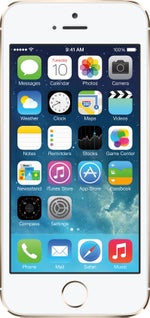










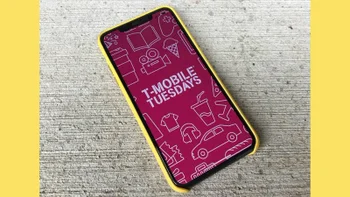
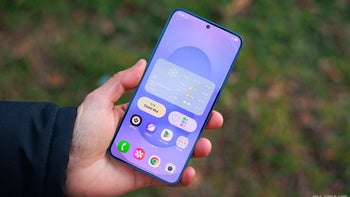
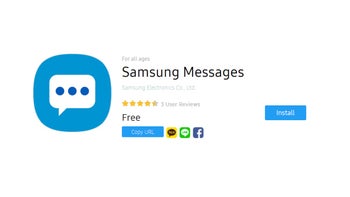


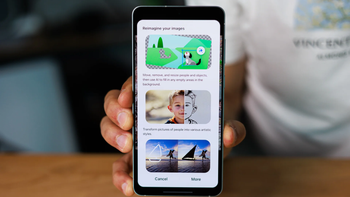
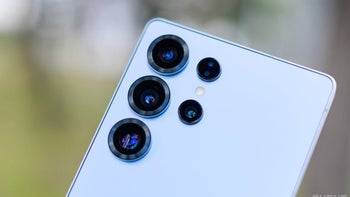
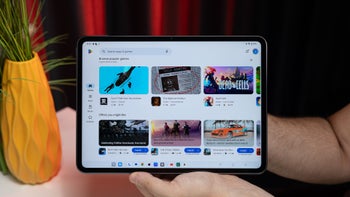
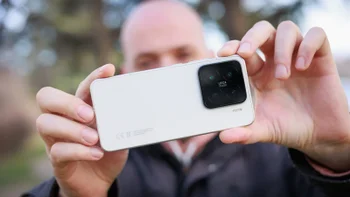
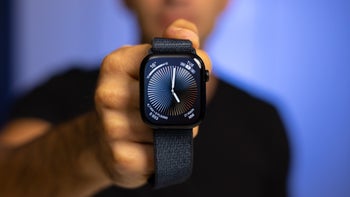


Things that are NOT allowed:
To help keep our community safe and free from spam, we apply temporary limits to newly created accounts: